BUY ONE GET ONE BAND 25% OFF! discount at checkout
BUY ONE GET ONE BAND 25% OFF! discount at checkout
BUY ONE GET ONE BAND 25% OFF! discount at checkout
BUY ONE GET ONE BAND 25% OFF! discount at checkout
Add description, images, menus and links to your mega menu
A column with no settings can be used as a spacer
Link to your collections, sales and even external links
Add up to five columns
Add description, images, menus and links to your mega menu
A column with no settings can be used as a spacer
Link to your collections, sales and even external links
Add up to five columns
February 21, 2019 3 min read
Charms can be traced back to the Neolithic Period, when pieces of bone, shell, and wood were strung on leather into elaborate bracelets. Through the Bronze Age and Ancient Egypt, charms were used as amulets or talismans to ward off evil and bring good luck to the wearer. These charms were carved to look like animals or symbols and had important symbolic significance.
One of the first documented examples of charms being used to represent something personal about the wearer is from the Roman Empire. Christians would wear the ichthys (fish) charm to identify themselves to other Christians. The fish represents the Biblical story of the feeding of the five thousand by Jesus.
Charms continued to be used us talismans through the Middle Ages and Renaissance. The next significant point in their history occurred during the Victorian Era. Queen Victoria was hugely influential in the world of jewelry. She popularized the use of gold charms as personal symbols, such as lockets containing portraits or locks of hair from loved ones. These charms were hung from bracelets, necklaces, and watch chains, and were the precursors to the charm bracelets we are most familiar with today.

Charms continued to spread in popularity through the 20th century, and reached a peak in the 1950’s and 1960’s. Charm bracelets were given as coming of age gifts to girls, who would wear them into adulthood, marking each important life event with a new charm. Charms could also be added or removed on a daily basis to reflect the mood of the wearer.
We still use charms in this way today, to tell the story of our lives. Whether you wear them to show off the places you’ve traveled, or to mark important occasions in your life, charms bring joy to everyone that wears them.
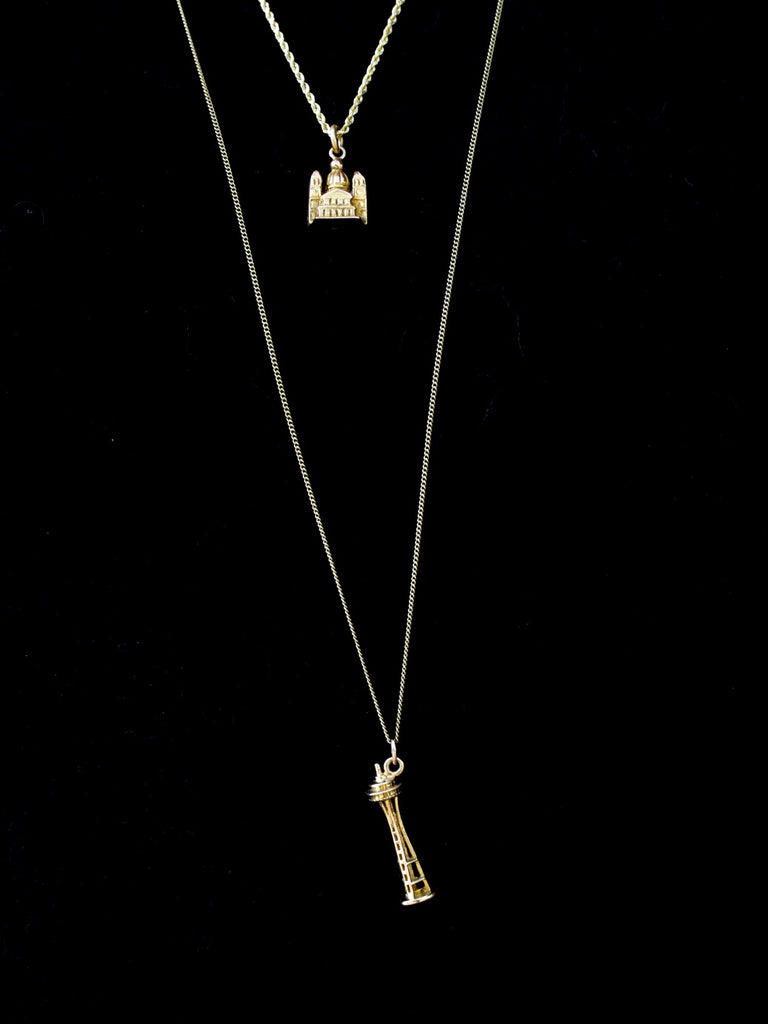
We come across a lot of interesting vintage charms at Market Square Jewelers! Many clearly represent life events, such as a new baby, or an anniversary, while others can be more puzzling. Below are some common types of vintage charms and what they symbolize.
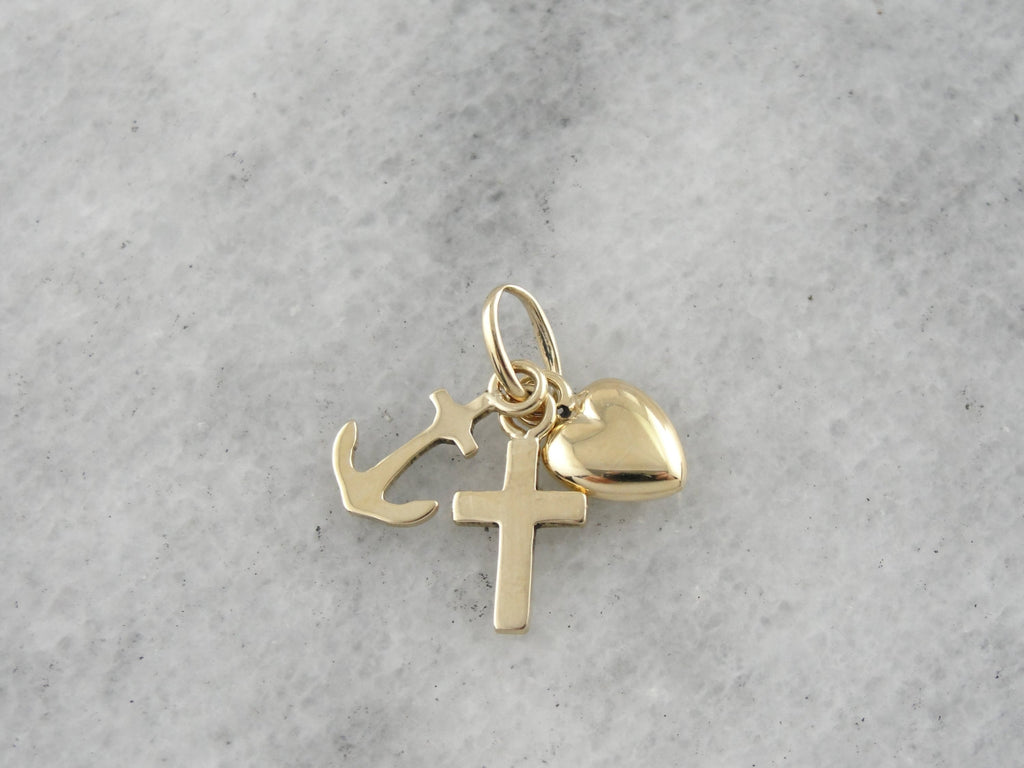
Cross, Anchor, and Heart Charm – Traditional symbols of faith, hope, and love/charity in the Christian faith.

Articulated Koi Fish – Chinese symbol of good luck or abundance.

Sitting Woman – Representation of Copenhagen’s Little Mermaid statue, based on the character by Hans Christian Andersen.
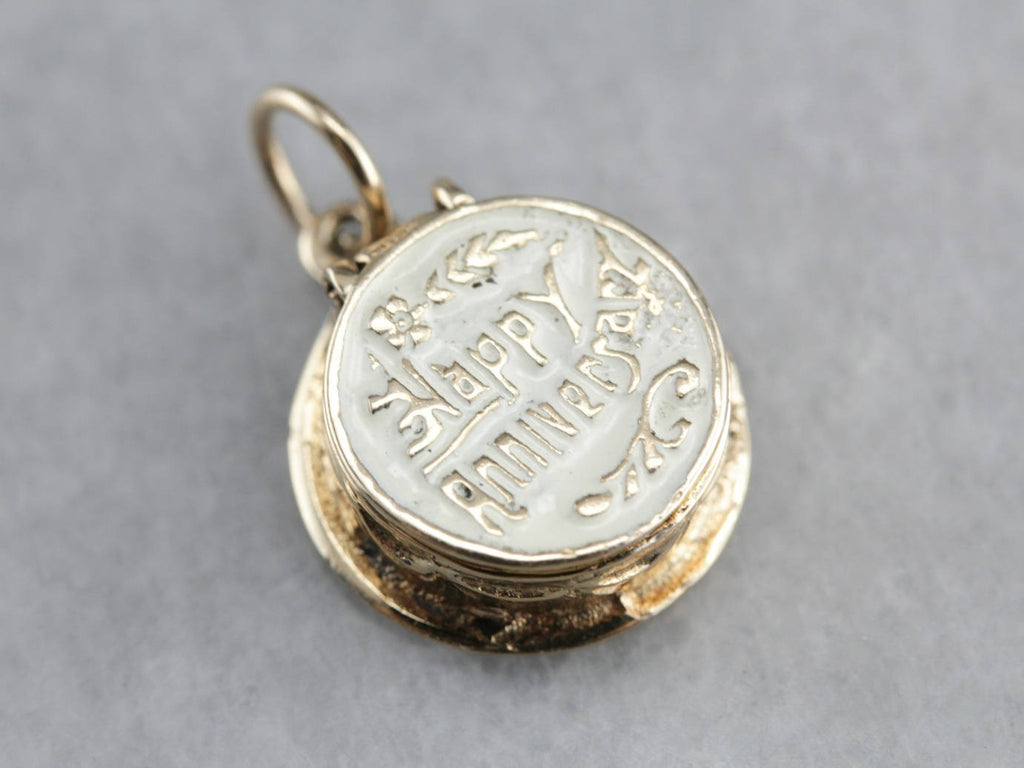
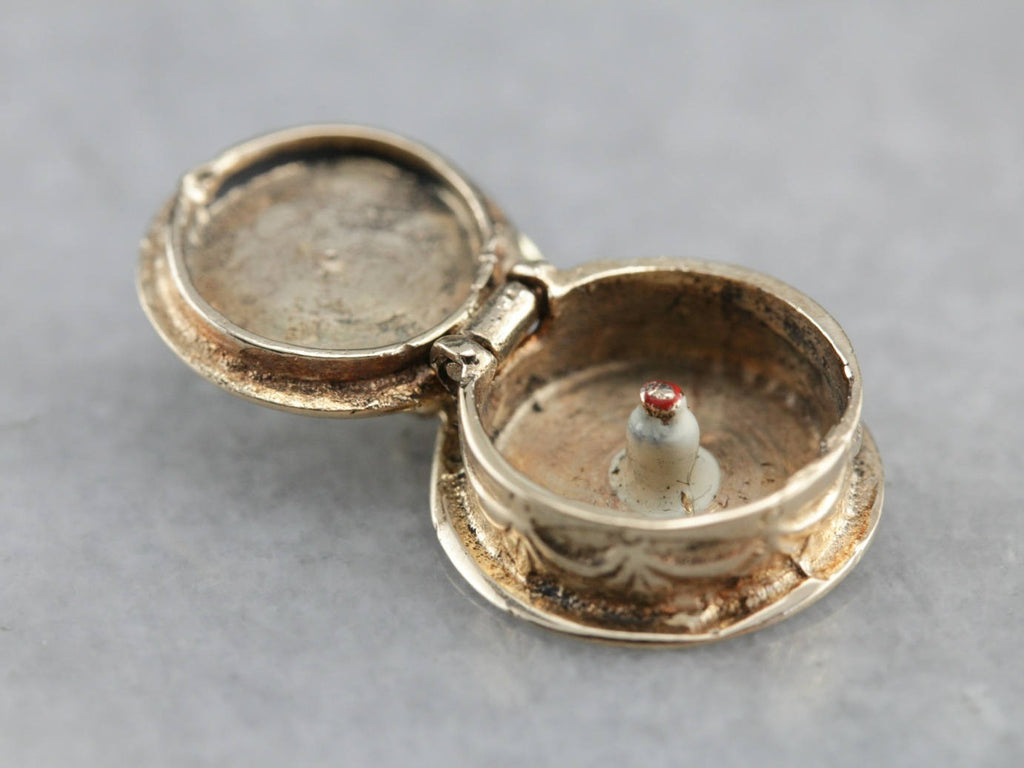
Happy Birthday or Anniversary Cake – Celebration cakes were popular charms, and would open to reveal a single candle, painted with enamel to look realistic.
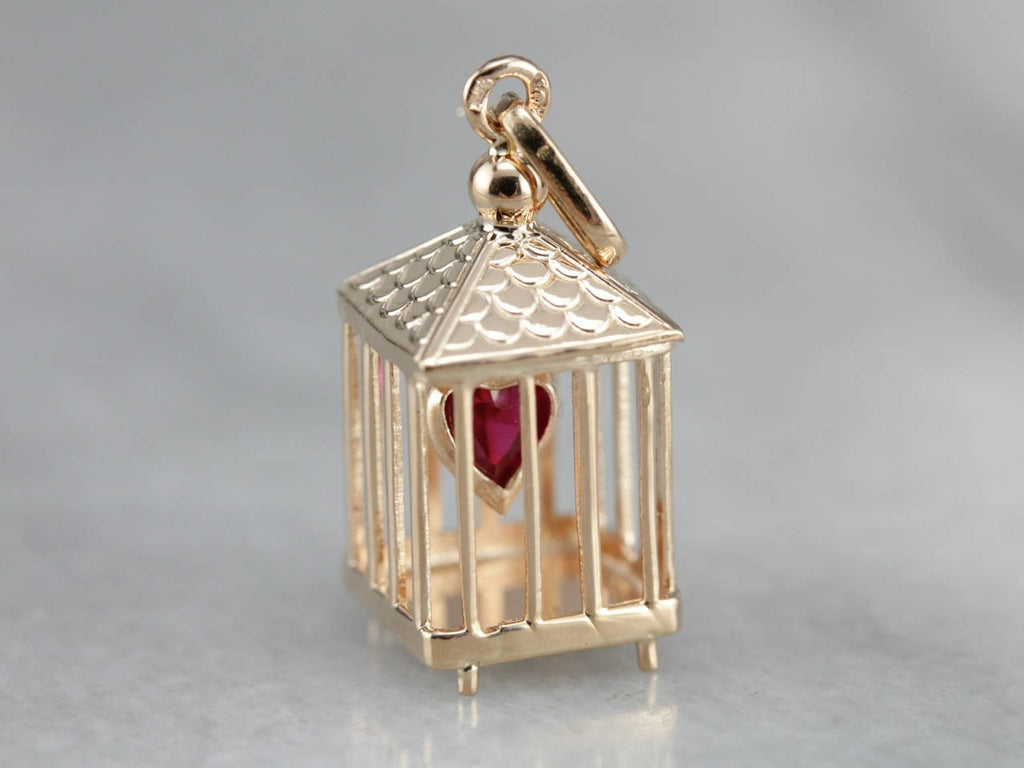
Heart in a Cage – Sentimental charms, such as this heart in a cage or a heart shaped locket, symbolize loyalty to a romantic partner, or otherwise protection of one’s love.
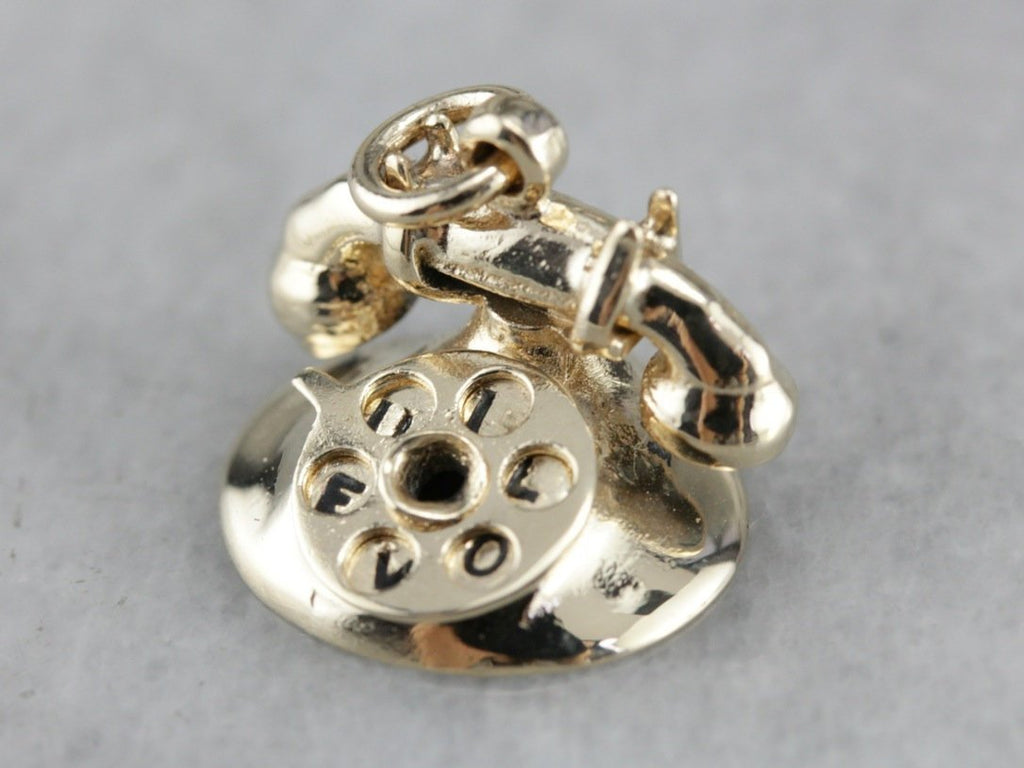
“I Love You” Telephone – Rotary phones that move to reveal a sweet sentiment symbolize young love and phone calls to a sweetheart.
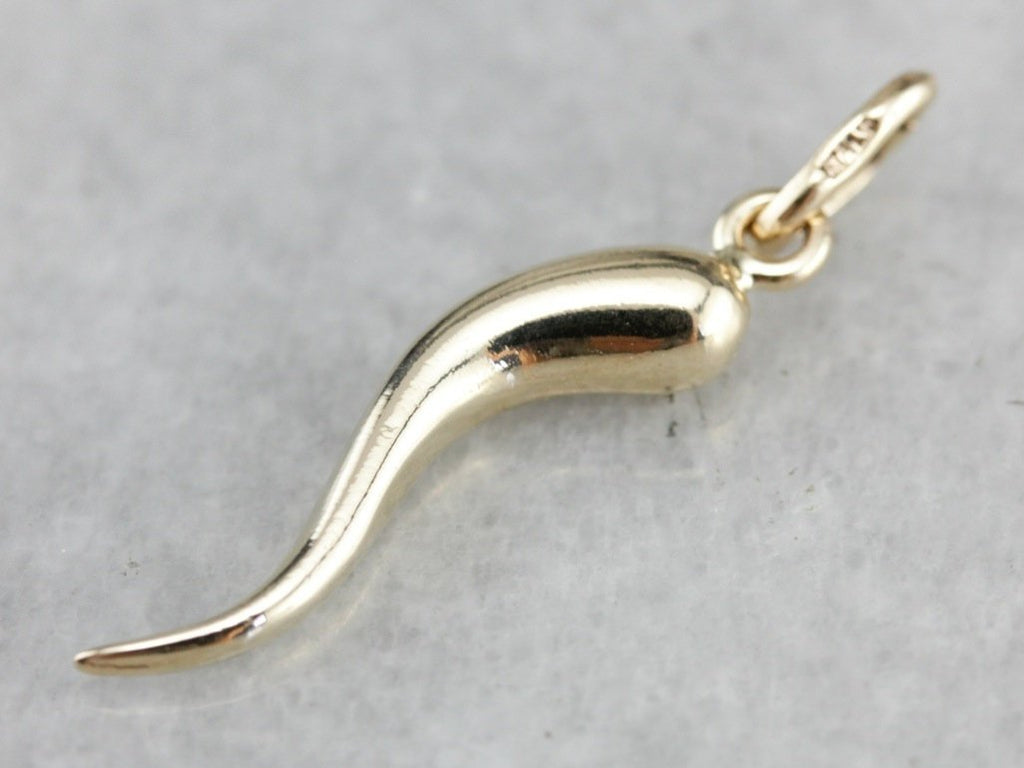
Italian Curved Horn – Also known as a cornicello, this ancient Italian symbol has long been used as a talisman to ward of the evil eye.
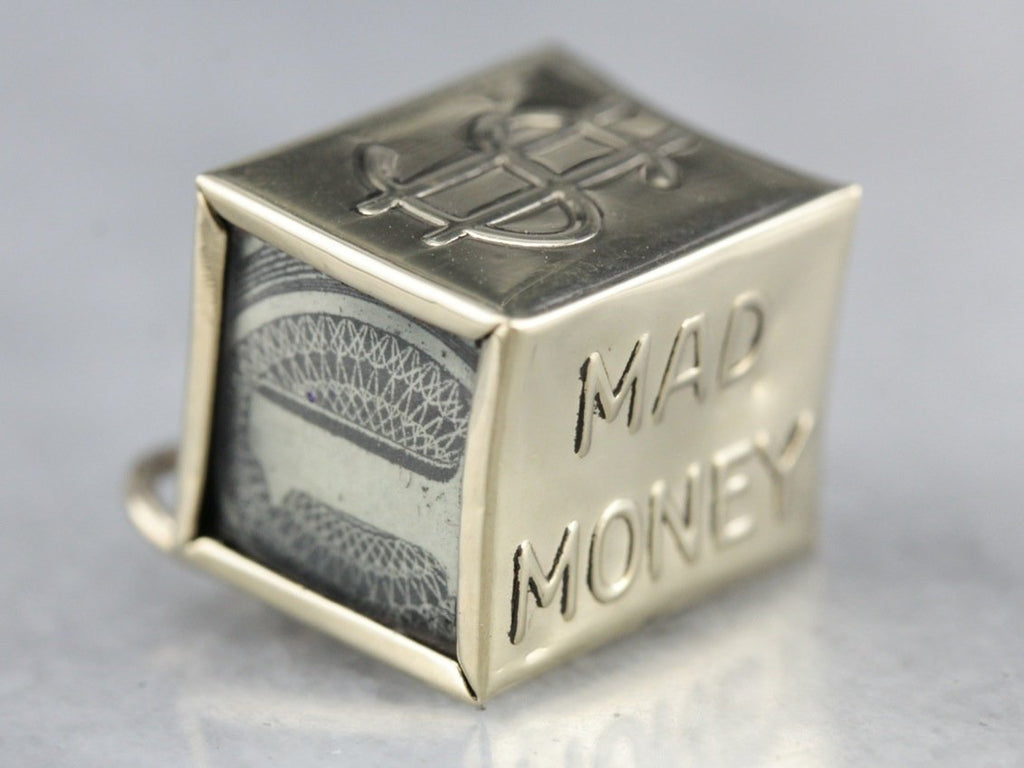
Mad Money Box – Often containing a dollar bill, these charms refer to funds used in an emergency.
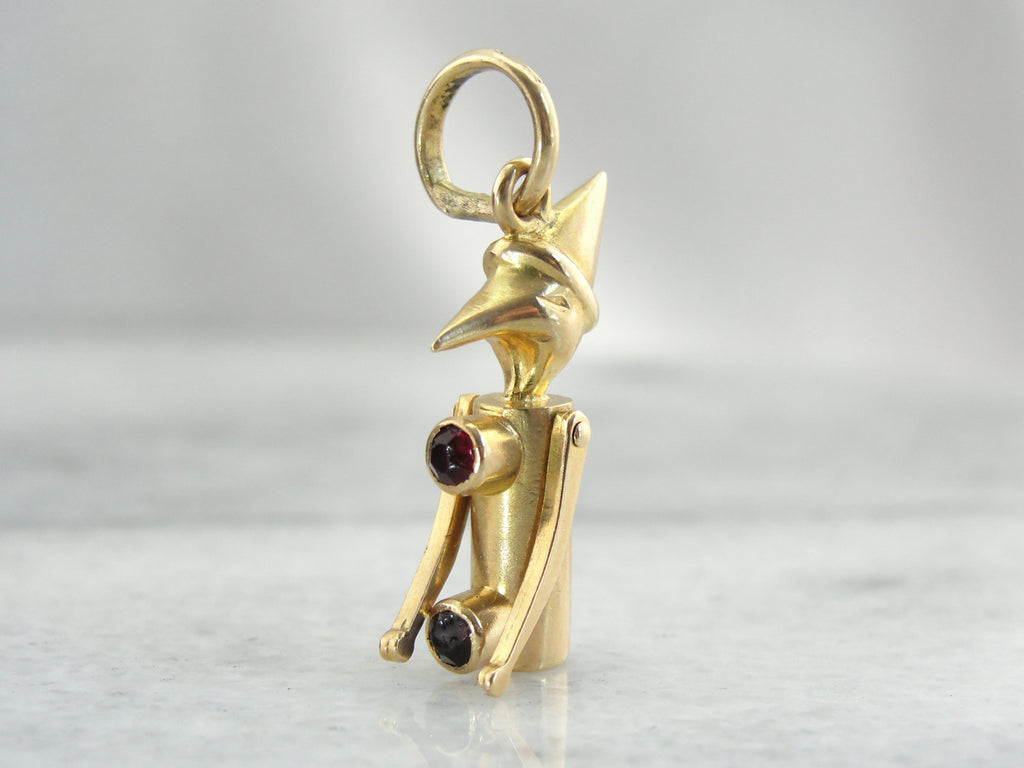
Pinocchio – This strange looking charm is a representation of Pinocchio, a popular figure in Italian pantomime.
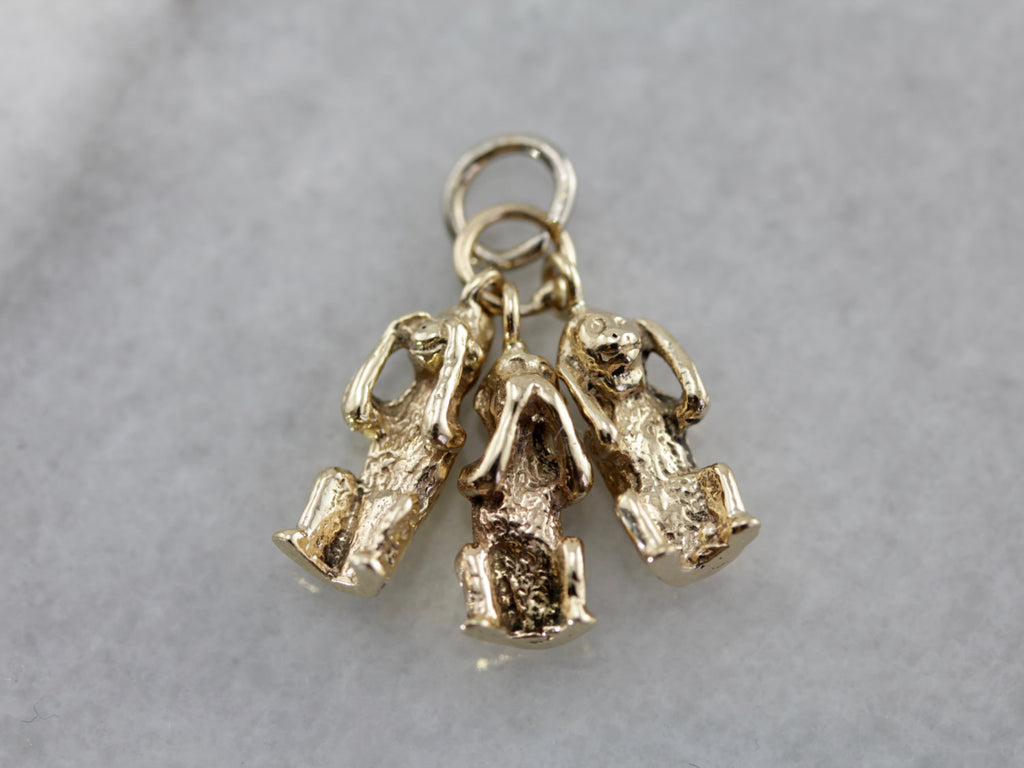
Three Monkeys – Representing “See no evil”, “Speak no evil”, and “Hear no evil”, these three monkeys derive from a Japanese proverb.
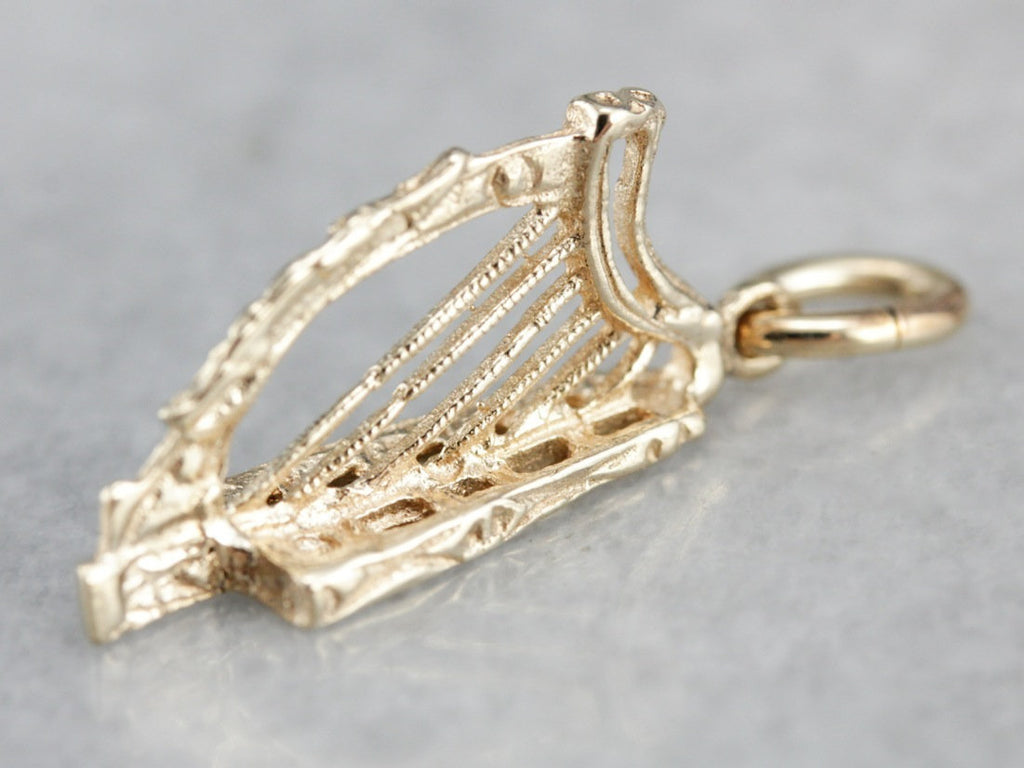
Harp – National symbol of Ireland.
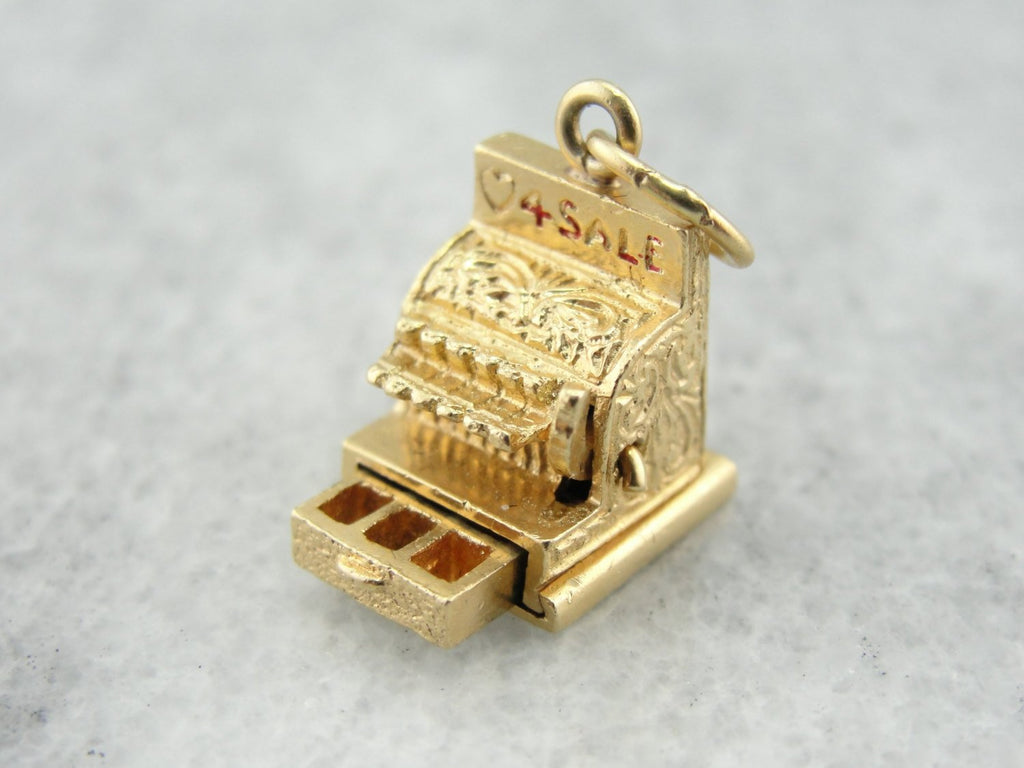
Fruit Machine / Slot Machine – Gambler’s charms are common, often interactive like this slot machine, and include real miniature dice, poker chips, and playing cards.

Nursery Rhymes / Fairy Tales – Many charms depict children’s stories and have interactive elements, like this Old Lady Who Lived in a Shoe charm which opens to reveal the family inside.
September 17, 2021 2 min read
July 26, 2021 4 min read
June 29, 2021 9 min read
Get 10% off your next purchase!

Get 10% off when you sign up for our newsletter!